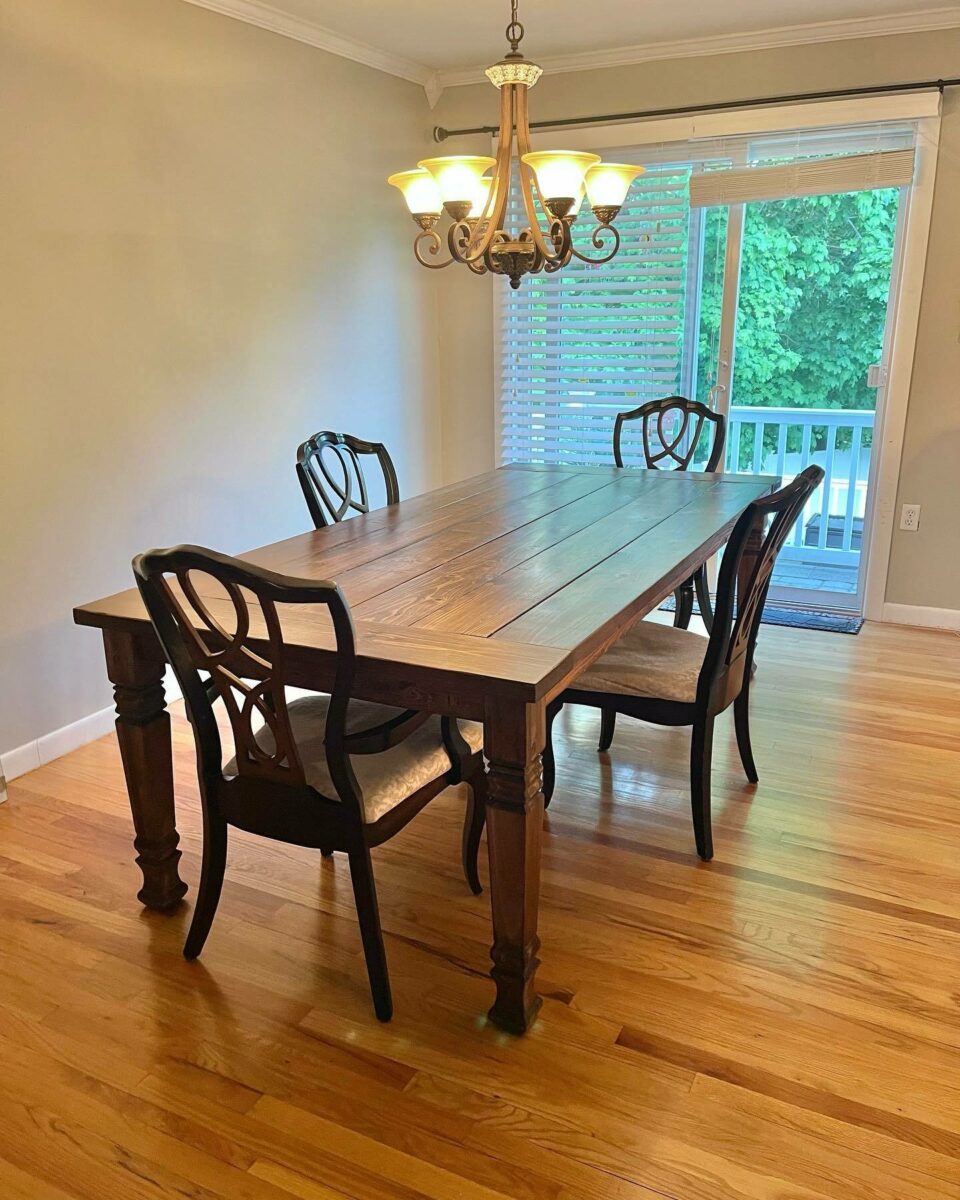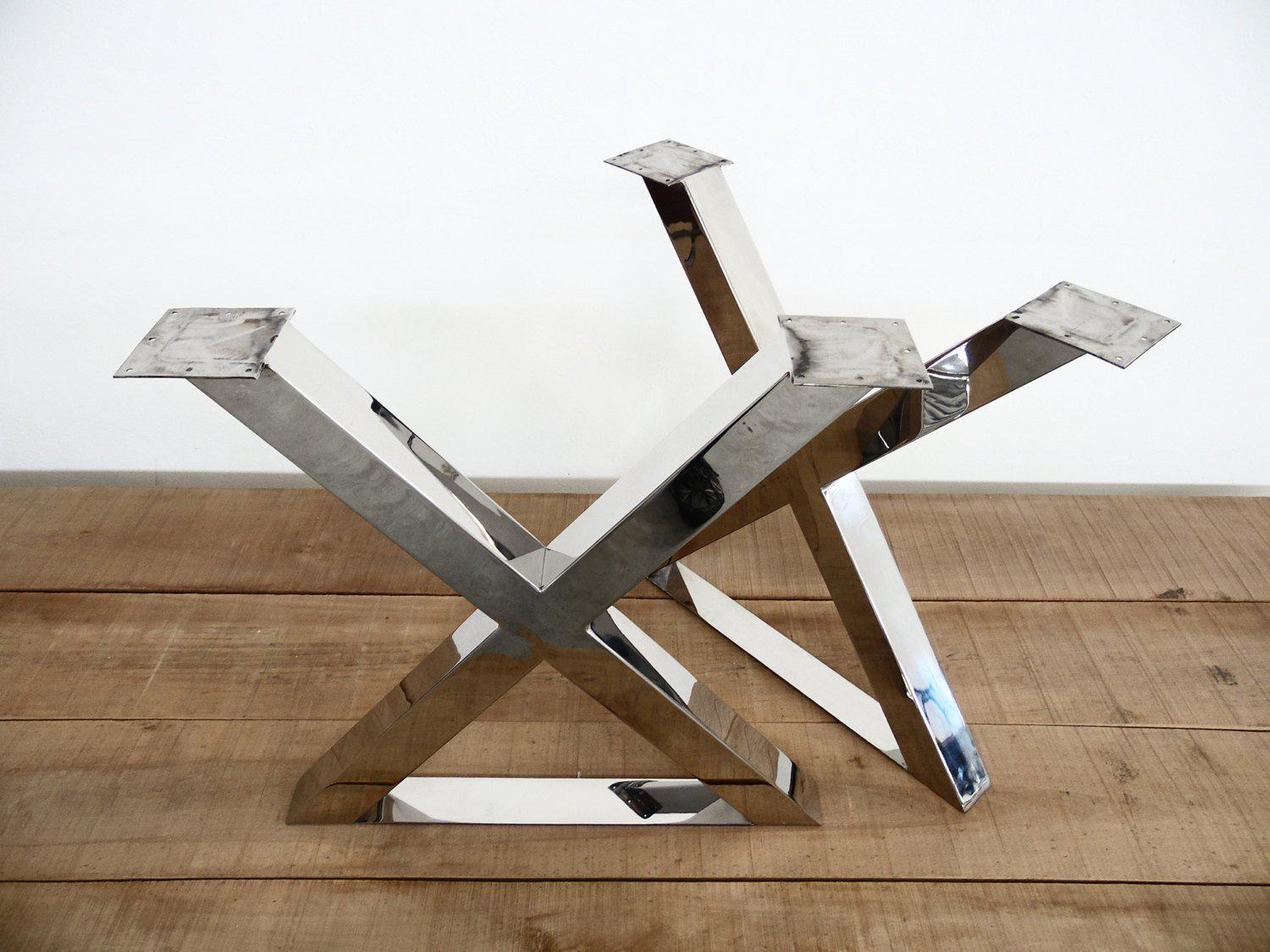How Dining Room Table Legs Can Change the Entire Aesthetic of Your Room
How Dining Room Table Legs Can Change the Entire Aesthetic of Your Room
Blog Article
Exactly How to Choose the Perfect Dining-room Table Legs for Your Home Design
Choosing the excellent eating area table legs is a nuanced procedure that requires cautious factor to consider of various elements, including your room constraints, aesthetic choices, and sensible demands. The interplay between products, measurements, and designs can considerably influence the ambiance of your eating location, making it necessary to approach this choice systematically.
Assess Your Dining Space
Analyzing your eating space is important for selecting the right table legs that enhance both appearances and capability. Begin by gauging the dimensions of your dining location, including ceiling elevation, floor room, and proximity to various other furnishings. This information will assist establish the suitable size and height of your table, which straight affects the selection of table legs.
Next, take into consideration the style and format of your eating area. An open-concept style might profit from table legs that offer aesthetic lightness, such as slender metal or acrylic alternatives. Alternatively, an extra standard setting may call for tough wooden legs that supply a sense of durability.
Examine the existing color scheme and materials in your dining area. Harmonizing the table legs with these components produces a cohesive appearance that enhances the general decor.
Ultimately, an extensive assessment of your eating space will direct you in making a notified decision, ensuring that your table legs not only enhance the aesthetic charm but additionally offer functional functions.
Consider Your Style Preferences
When picking dining-room table legs, it is important to review your individual style preferences, as they considerably influence the total aesthetic of your dining room. Your choice of table legs can either complement or comparison with existing decor, making it important to straighten them with your favored interior layout theme.
If your home leans towards a contemporary aesthetic, consider sleek steel or minimalist wooden legs that provide a clean, uncluttered appearance. For a more standard technique, luxuriant wood legs with elaborate carvings can include a touch of style and class. Industrial designs profit from robust, resources such as redeemed timber and metal combinations, showing a rugged charm.
In addition, farmhouse and rustic designs usually prefer durable, chunky legs that stimulate a feeling of heat and convenience. On the other hand, if your decoration is diverse, you might select unique shapes or a mix of materials to create visual interest.

Evaluate Product Options
The selection of product for dining room table legs plays a pivotal duty in both toughness and visual appeal. Common materials consist of wood, steel, and composite options, each offering distinct attributes that can affect the total appearance and long life of your table.
Wood is a traditional choice, recognized for its warmth and versatility. Hardwoods like oak and walnut provide outstanding toughness and can be completed in numerous stains to match any type of design. Softwoods like yearn are a lot more vulnerable to damages and scratches, making them less suitable for high-traffic areas.
Steel legs, frequently crafted from steel or aluminum, emanate modernity and industrial appeal. They are resistant and extremely long lasting to wear, making them appropriate for households with kids or constant celebrations (dining room table legs). Furthermore, steel can be finished in different colors, improving the personalization opportunities
Composite materials, such as MDF or laminate, deal cost and varied styles. While commonly much less resilient than solid timber look here or metal, they can still give a stylish look and are typically easy to preserve.
Inevitably, the product you choose must align with your way of life, visual preferences, and the level of use your eating table will certainly experience.
Determine Height and Dimension
Choosing the ideal elevation and size for your dining space table is vital for both functionality and comfort. The basic elevation for dining tables commonly ranges from 28 to 30 inches, permitting adequate legroom for a lot of people when seated. It is crucial to think about the measurements of your dining room and the types of chairs you plan to utilize.

Additionally, consider the proportions of your eating space. A bigger table in a spacious area can develop a grand setting, while a smaller table works well in even more intimate setups. Eventually, the right height and size will integrate with your general style and improve the dining experience for you and your guests.
Explore Personalization Opportunities

In addition, the style of the legs can be tailored to fit various styles, such as rustic, modern-day, or commercial. Tapered legs can stimulate a mid-century contemporary feeling, while beefy, block-style legs may reverberate with standard or farmhouse decoration.
House owners can also discover color surfaces, from natural timber stains to repaint, allowing them to match or contrast with the tabletop and surrounding decoration.
In addition, leg elevation can be gotten used to suit certain seating setups or individual choices, enhancing both comfort and performance.
Finally, one-of-a-kind embellishments, such as makings or attractive braces, can better customize the table legs, making the eating experience not simply a dish yet a declaration piece in the home. By considering these customization this content alternatives, property owners can create a dining-room table that absolutely mirrors their uniqueness.
Conclusion
Selecting the excellent dining-room table legs needs cautious factor to consider of various elements, consisting of the measurements of the eating area, style choices, material resilience, and preferred elevation. Personalization options better boost the capability to achieve a cohesive visual that enhances the general decoration. By systematically assessing these components, home owners can make certain that the selected table legs not just accomplish functional demands but also contribute favorably to the dining experience and setting of the home.
Picking the suitable eating space table legs is a nuanced process that calls for mindful consideration of numerous components, including your space restrictions, visual preferences, and practical demands.Examining your dining room is essential for picking the right table legs that match both appearances and functionality.When identifying dimension, gauge the area where the table will certainly be positioned to ensure it fits pleasantly, permitting for at the very least 36 inches of clearance around the table for simple activity. A bigger table browse this site in a roomy area can produce a grand atmosphere, while a smaller table works well in even more intimate setups.Selecting the ideal dining area table legs calls for cautious factor to consider of different variables, consisting of the dimensions of the dining room, style preferences, material sturdiness, and wanted height.
Report this page